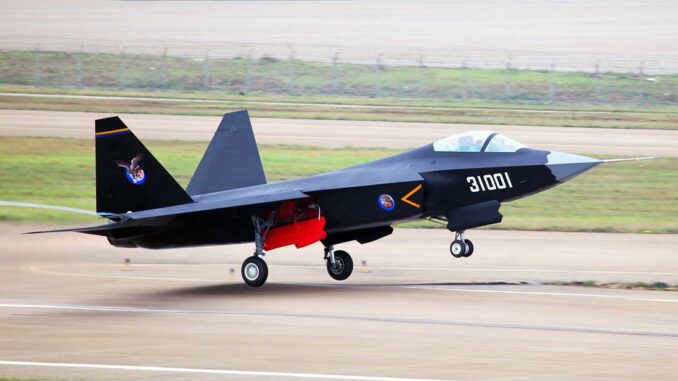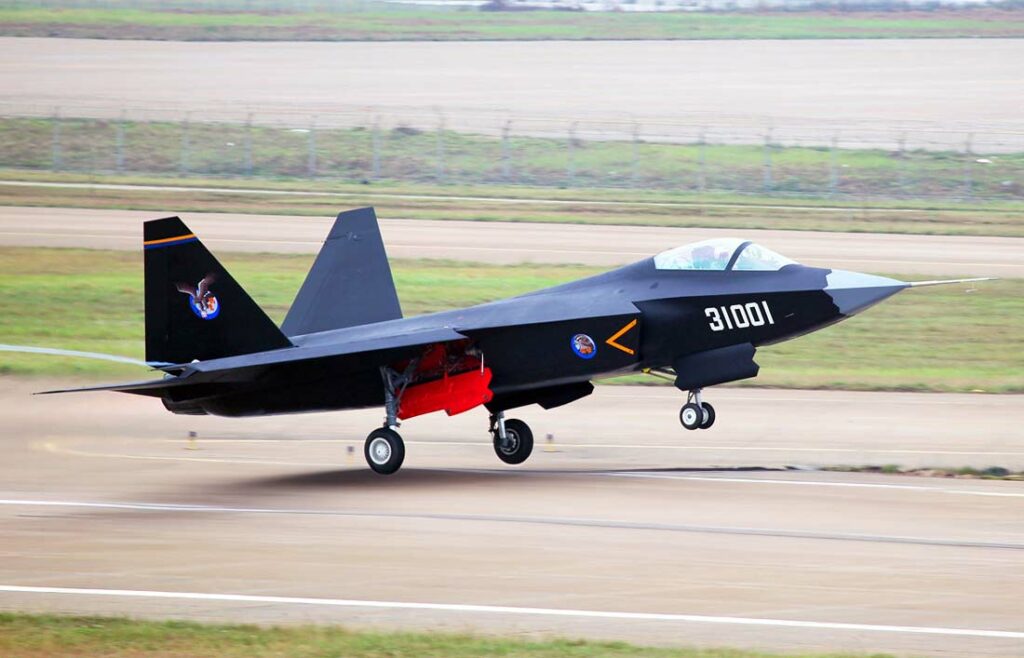
The recent disclosure by the US Department of Defense shows a Chinese People’s Liberation Army (PLA) fighter aircraft carrying out a coercive and risky interception of a US aircraft in the East China Sea. The interception, which lasted five hours, at one point saw the Chinese aircraft come to within just 24 meters of the American aircraft.
These actions are not isolated incidents. They are part of a wider pattern of aggressive PLA behavior, not only in the skies, but also at sea, where Chinese ships harass American and allied warships.
The “One China” policy and escalating tensions
China is determined to assert its territorial dominance and implement its “One China” policy. However, this approach reinforces concerns about escalating tensions with the United States and its allies. Ely Ratner and Admiral John Aquilino made their concerns clear at a Pentagon press conference.
A significant increase in incidents
Since the autumn of 2021, more than 180 incidents have been recorded, marked by reckless maneuvers, firing of flares and approaches too fast and too close to American aircraft. This growing trend illustrates risky behavior that could lead to misinterpretations and threaten peace in the region.

Refusal to communicate and modernization efforts
China refuses to open lines of communication with the United States, despite repeated requests. At the same time, it is stepping up its military modernization efforts, particularly around Taiwan. Harshavardhan Dabbiru, defense analyst at GlobalData, points out that China has significantly increased its focus on military modernization since the change of leadership in 2013.
Heavy investment in military capabilities
According to GlobalData, China is expected to invest 519.25 billion yuan in fixed-wing military aircraft and $51 billion in warships over the next decade. These investments testify to a firm determination to counter the influence of the US Navy, particularly as regards the protection of Taiwan.
A world under observation
As China pursues its territorial claims and defies international norms, the international community is watching with concern, aware of the risk of escalating tensions in an already tense Indo-Pacific region.
China’s actions in the Indo-Pacific region clearly reflect its desire to assert its dominance and implement its “One China” policy. However, these moves, combined with a notable increase in incidents and massive investment in military modernization, raise fears of escalating tensions in an area already under high tension. It is imperative for the international community to work together to ensure peace and stability in this crucial part of the world.